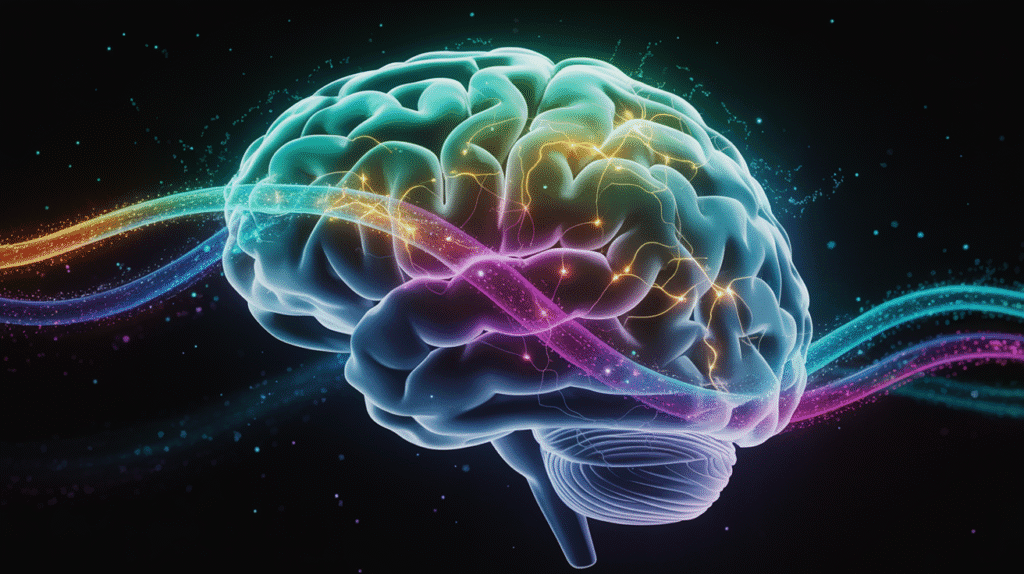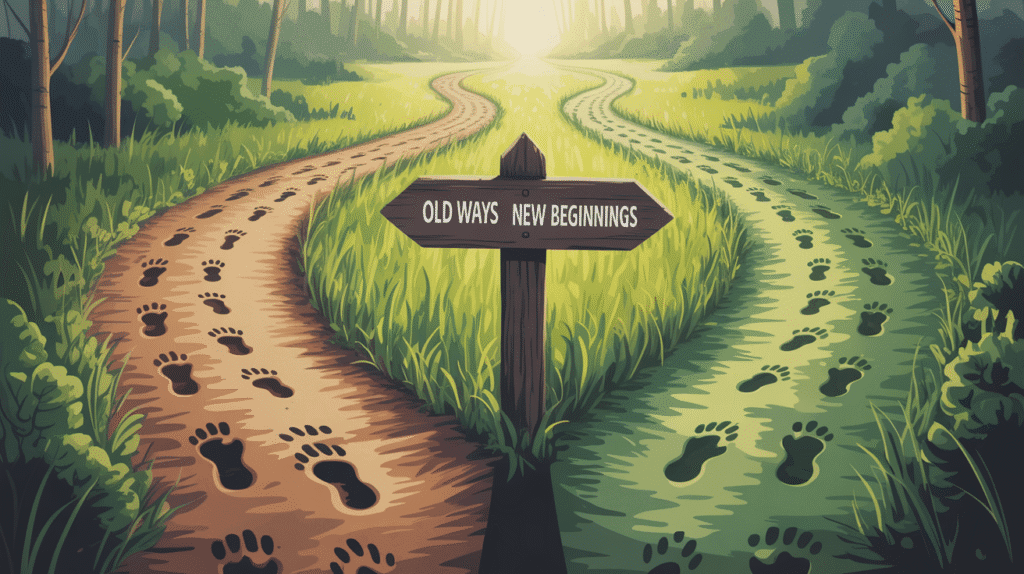
Changing habits sounds simple: just decide to act differently and stick to it, right? Yet anyone who’s tried to exercise daily, eat healthier, or ditch a bad habit knows — it’s far from easy.
The struggle isn’t because you’re weak or lazy. It’s because habits are deeply wired into your brain’s architecture. They operate beneath conscious thought, rooted in biological processes designed to save you mental energy.
When you understand how habits are formed neurologically, you unlock a powerful advantage: instead of fighting your brain, you can work with it. In this article, we’ll break down the science of habit formation and reveal what’s really happening inside your brain every time you build — or break — a behavior.
Your brain is a master of efficiency. To conserve energy, it creates shortcuts — automatic patterns that run with little conscious effort. These shortcuts are habits, and they are built through a neurological process called chunking.
Chunking happens when the brain groups a series of actions into a single “package” that can be triggered without needing to think through each step. For example, brushing your teeth doesn’t require decision-making every time because your brain has bundled the entire sequence into one fluid habit.
Every time you repeat a behavior, neurons involved in that action fire together. Over time, they wire together, strengthening the pathway. This is why new behaviors feel awkward at first — the brain is literally forging new connections. But with repetition, the pathway becomes smoother, faster, and eventually automatic.
Understanding this explains why habits, both good and bad, feel so natural: they are physically embedded in your brain’s wiring through consistent use.

At the heart of every habit lies a simple, powerful pattern known as the habit loop: Cue → Routine → Reward.
Over time, your brain starts to anticipate the reward as soon as it detects the cue. That anticipation makes the behavior feel automatic. You don’t think about it consciously — you just act.
For instance, feeling stressed (cue) may lead to eating junk food (routine) because it brings immediate comfort (reward). With repetition, this loop strengthens, making it harder to resist the behavior even when you’re aware it’s not ideal.
Recognizing your own habit loops gives you the power to tweak them: you can keep the same cue and reward but swap the routine for something healthier — like taking a walk instead of reaching for snacks.
Old habits have a distinct advantage: they’ve carved deep, well-worn pathways in your brain. Even when you consciously decide to change, those old neural highways don’t disappear — they linger, ready to be activated by familiar cues.
This is why breaking a bad habit often feels like battling against an invisible force. Your brain prefers the “easy route” — the established pattern — because it conserves energy. Starting a new habit, on the other hand, demands building an entirely fresh pathway, which requires more attention, intention, and repetition at the beginning.
The good news? While old patterns remain, they can weaken through disuse. The more you ignore an old habit and reinforce a new one, the stronger the new pathway becomes, and the less dominant the old one feels.
🔎 Practical Tip:
Instead of trying to erase a bad habit by sheer willpower, focus on replacing it. Find an alternative routine that satisfies a similar craving or emotional need, and practice it deliberately. Over time, your brain will begin favoring the new path over the old one.

Changing habits isn’t just about discipline or desire — it’s about biology. Your brain is wired to seek efficiency, to automate, and to resist change until new patterns become familiar.
By understanding how habits are formed through neural wiring, reinforced through the habit loop, and challenged by old pathways, you gain an edge. You stop blaming yourself for struggles and start approaching change like an architect, patiently redesigning your mind’s default settings.
Transformation doesn’t happen through force. It happens through smart, strategic repetition — building new pathways one small action at a time, until what was once hard becomes natural.

Daniel Carter believes that small daily changes lead to extraordinary results. Through simple and effective strategies, he inspires readers to take control of their routines, overcome procrastination, and unlock their full potential.